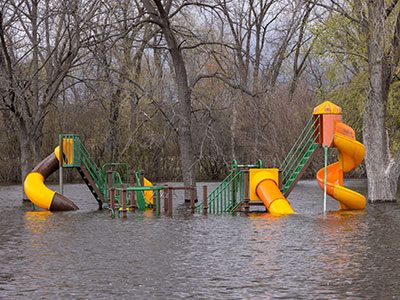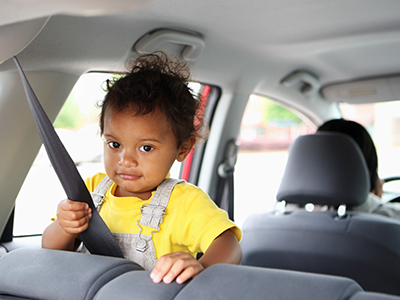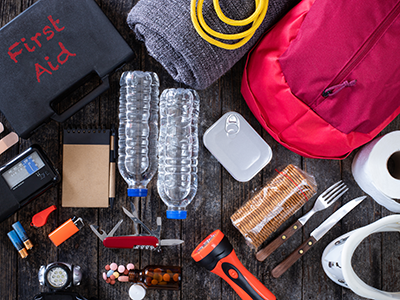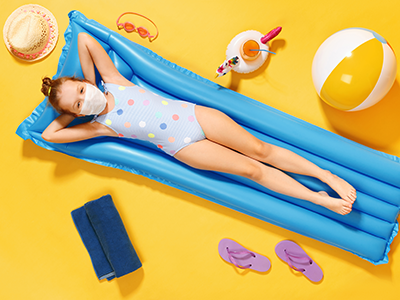When your child gets a cold, your first instinct might be to start up a humidifier or vaporizer to ease their congestion. But do humidifiers really help with colds? In most cases, they probably do not.
Colds are very common. Most are caused by viruses. We can expect the average child to get between six and eight colds from September through the spring, and the options that parents and pediatricians have for treating these colds are relatively few.
Enter the humidifier. Many families use humidifiers in their homes believing the moist air will relieve the discomfort that comes with colds by loosening the mucus in a stuffy nose.
However, there is little if any evidence that using a humidifier decreases a child’s symptoms when they have a cold. In fact, there are several reasons not to use a humidifier:
- Hot steam from vaporizers (a humidifier that heats water) can burn children.
- Humidifiers that are not cleaned properly can spew bacteria and molds into the air.
- High humidity also encourages mold growth in the child’s room, which is a common trigger for asthma.
The good news is that your nose is already the perfect humidifier and air purifier — it moistens air you breathe and filters out large particles that can cause harm! Keeping your child well hydrated and using saline mist in their nose when it appears dry can also help.
If you do decide to use a humidifier, remember these safety tips:
- Always use a cool-mist humidifier when children are around. Warm mist humidifiers (vaporizers) can cause burns if a person gets too close.
- Place the humidifier approximately 6 feet away from the bed.
- Do not run a humidifier for a long period of time and be sure to set the humidity to 30% to 50%. If room surfaces are constantly damp or wet to the touch, mold and mildew can grow, which can cause breathing problems.
- Clean your humidifier every three days. If you use bleach or cleaning solution, rinse the humidifier thoroughly to prevent the chemicals from becoming airborne.
- Drain your humidifier daily and wipe it dry — bacteria can grow in standing water.
- Use distilled or de-mineralized water instead of tap water to prevent the buildup of mineral deposits which can be released into the air and cause breathing problems.
- Follow the manufacturer’s instructions for care and maintenance of your humidifier.
 https://riseandshine.childrensnational.org/wp-content/uploads/2025/09/parent-hugging-child-feature.jpg
300
400
Danielle Robbins
https://riseandshine.childrensnational.org/wp-content/uploads/2017/11/childrens_riseandshine_logo.jpg
Danielle Robbins2025-09-22 11:04:052025-09-22 11:04:05Reunited and it feels so good: Getting your family back together after disasters and emergencies
https://riseandshine.childrensnational.org/wp-content/uploads/2025/09/parent-hugging-child-feature.jpg
300
400
Danielle Robbins
https://riseandshine.childrensnational.org/wp-content/uploads/2017/11/childrens_riseandshine_logo.jpg
Danielle Robbins2025-09-22 11:04:052025-09-22 11:04:05Reunited and it feels so good: Getting your family back together after disasters and emergencies


 Stephen J. Teach, MD, MPH, was the Associate Dean for Pediatric Academic Affairs and Chair of the Department of Pediatrics at George Washington University School of Medicine and Health Sciences; and Director and Principal Investigator of IMPACT DC (Improving Pediatric Asthma Care in the District of Columbia), a care, research, and advocacy program focused on under-resourced and largely minority children with asthma.
Stephen J. Teach, MD, MPH, was the Associate Dean for Pediatric Academic Affairs and Chair of the Department of Pediatrics at George Washington University School of Medicine and Health Sciences; and Director and Principal Investigator of IMPACT DC (Improving Pediatric Asthma Care in the District of Columbia), a care, research, and advocacy program focused on under-resourced and largely minority children with asthma.


















Leave a Comment
Want to join the discussion?Feel free to contribute!